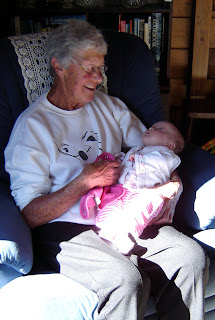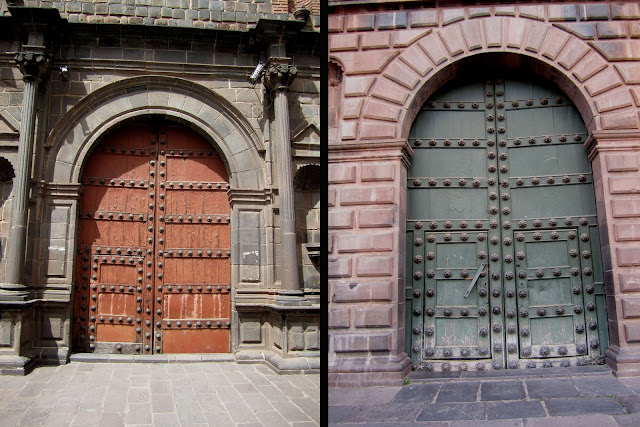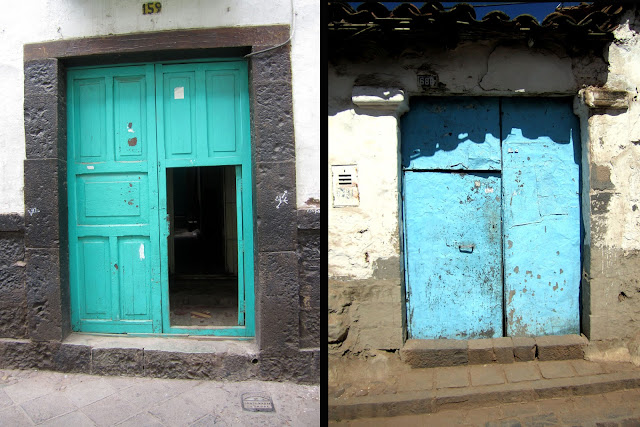Today would have been my mother’s 78th birthday. Shona Jean Johnstone was born on 12 May 1933 in Hamilton Hospital. Her mother Marie, father Dick, and brothers, Stewart and Colin, had recently moved north from the South Island and were living in a farmhouse in Te Rapa. Soon after Shona was born the family moved a few miles north to Ngaruawahia, where Shona lived for much of her life. Her youngest brother Don was born soon afterwards.
She attended Ngaruawahia Primary School and then Hamilton High School, travelling to and from high school each day by train. Shona studied secretarial subjects at high school, then went to Hamilton Technical College for more secretarial training.
After her father died suddenly on 2 February 1950, when Shona was just 16, she left Tech and worked in the office at John Chambers Motors, a spare parts company in Hamilton. She enjoyed the job and was popular with her work-mates. Her brother Don remembers them coming to the Johnstone family home for social get-togethers.
Around 1952, at a dance at a nearby town, neighbour Ted Collins introduced Shona to his brother Ron and so began a relationship that would last for the next 50 years. One night in 1953, as they sat on the couch at home, Ron tossed a slipper into the air and said: 'Whosever slipper this is can be my missus!' It was a novel proposal which Shona was delighted to accept, and she married Ronald George Collins in a delightful family ceremony at the Presbyterian Church in Ngaruawahia on 11 July 1953.
The newly weds set up home in Thomas Street with Shona’s mum Marie for a time, then moved down the road to their own house in North Street, Ngaruawahia. I was born six months later, on Mother’s Day, and my brother was born two and a half years later. A couple of years after that, Shona’s mother moved two doors along to a smaller unit, and the Collins family moved back into the Johnstone family home.
Shona and Ron were wonderful parents and us kids have great memories of Sunday trips to the beach at Raglan, and to visit relations at baches in Whangamata, Kawhia and at various locations along the Thames coastline. There were also frequent day trips to visit extended family in Auckland, Morrinsville and other local towns.
But life was not all plain sailing for Shona and she suffered from several health problems over the years. In her late twenties she suffered much pain from arthritis and was told she might end up in a wheelchair – she fought that problem by walking more, and she and Ron were enthusiastic walkers from that time onwards. And they both took up golf, a passion they also shared for the rest of their lives together.
On 6 June 1968 Shona was rushed to hospital suffering from a burst duodenal ulcer. The first ambulance that arrived broke down, and a second ambulance had to be called. It was a very worrying time for family and friends, but Shona pulled through.

Once us kids were both at school, Shona started working part-time and she was employed in a variety of jobs over the years: doing office work for Fred Bradley’s transport company (something my brother and I enjoyed because we then got to ride with the truck drivers during the school holidays!) and Colin Cotter’s CAC Motors, serving in Barry and Irene Collins’s milkbar in Ngaruawahia, as secretary and later part-time office assistant at the Ngaruawahia Golf Club where her continued efforts were eventually recognised with life membership of the club. For a couple of years she worked in the office at Ngaruawahia High School and she continued supervising the examinations for many years after she left that job, and she also ran The Shoe Factory, Hollywood Shoes’ factory shop in Hamilton. She brought her excellent organisational abilities and exceptional people skills to each of her jobs, and was always much valued and well liked by her employers and co-workers.
 |
| Mum and I, Boxing Day, 2006 |
When Ron retired in 1982, he and Shona used his superannuation payout to buy their first house in Keppler Street, still in Ngaruawahia, though they later decided to move to Whangamata for a more relaxed way of life. They soon made friends in the local community, but Shona found the lifestyle too relaxed and missed her Ngaruawahia friends so, after about 18 months in Whangamata, they moved back to the Waikato, this time buying a house in Camden Place in Hamilton. A further move followed, to Sequoia Place, followed by yet another couple of years later, to 280 Te Rapa Road. Shona and Ron always took great pride in their homes, and their gardens were always a picture. Gardening was one of Shona’s great passions, and her blooming gardens and healthy pot plants were a testament to her green fingers.
In 1996 Shona battled another health crisis when a malignant tumour was discovered on her right kidney. The cancer – and the kidney – were removed, though it took many months of continuing treatment to finally eradicate the problem. Then, just after Christmas 2001, Ron was diagnosed with lung cancer. After being told on New Year’s Eve that the disease was untreatable, Shona took her beloved Ron home and nursed him for the three short weeks he had left. She lost the love of her life on 22 January 2002.
 It was a devastating blow which she suffered with dignity and inner strength. She continued living at the Te Rapa Road house for another year or so before making her final move, joining the community of the Perrin Park Retirement Village. There she soon made friends and joined in the group activities of bowls, putting, exercise classes, and line-dancing, not to mention the Friday night Happy Hours and nights out at the local Cock ‘n’ Bull.
It was a devastating blow which she suffered with dignity and inner strength. She continued living at the Te Rapa Road house for another year or so before making her final move, joining the community of the Perrin Park Retirement Village. There she soon made friends and joined in the group activities of bowls, putting, exercise classes, and line-dancing, not to mention the Friday night Happy Hours and nights out at the local Cock ‘n’ Bull.
A highlight of Shona’s last years was the arrival of a granddaughter, born to her son and his partner. Shona had abandoned hope of ever having grandchildren, so Alisha’s birth and subsequent family visits were a source of great happiness to her.
In March 2008 Shona was admitted to Waikato Hospital where, after a week of tests, she was diagnosed with a rare blood disorder. Though three types of treatment were administered, sadly none proved successful and on 6 April 2008 Shona slipped peacefully away.
Today, as on every single day since she passed away, I remember my darling mum. I miss her more than I can say.
































small.jpg)





